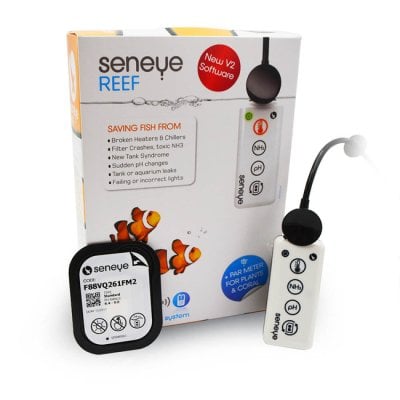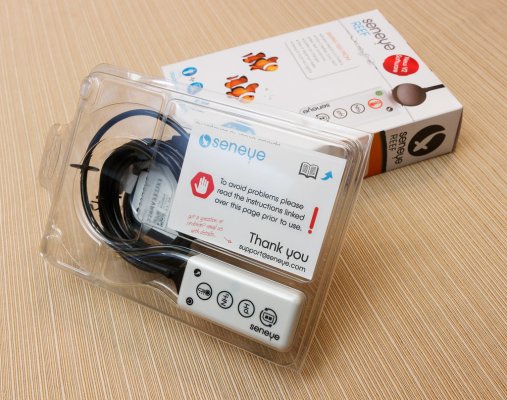Curious if anyone has ever seen or used seneye monitors ?
Pros and cons of actually owning and using one ?
@vetteguy53081 is this something you can offer your hands on expertise on ?


Pros and cons of actually owning and using one ?
@vetteguy53081 is this something you can offer your hands on expertise on ?






















